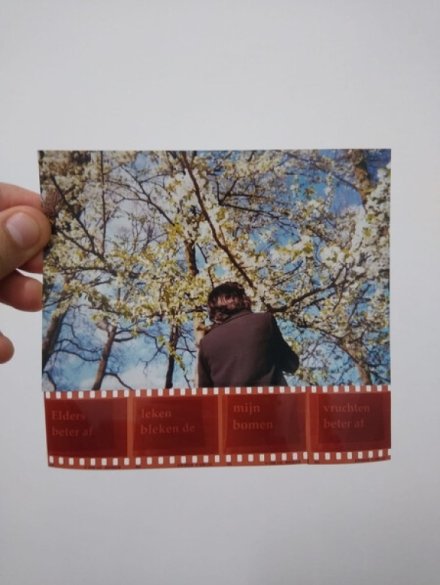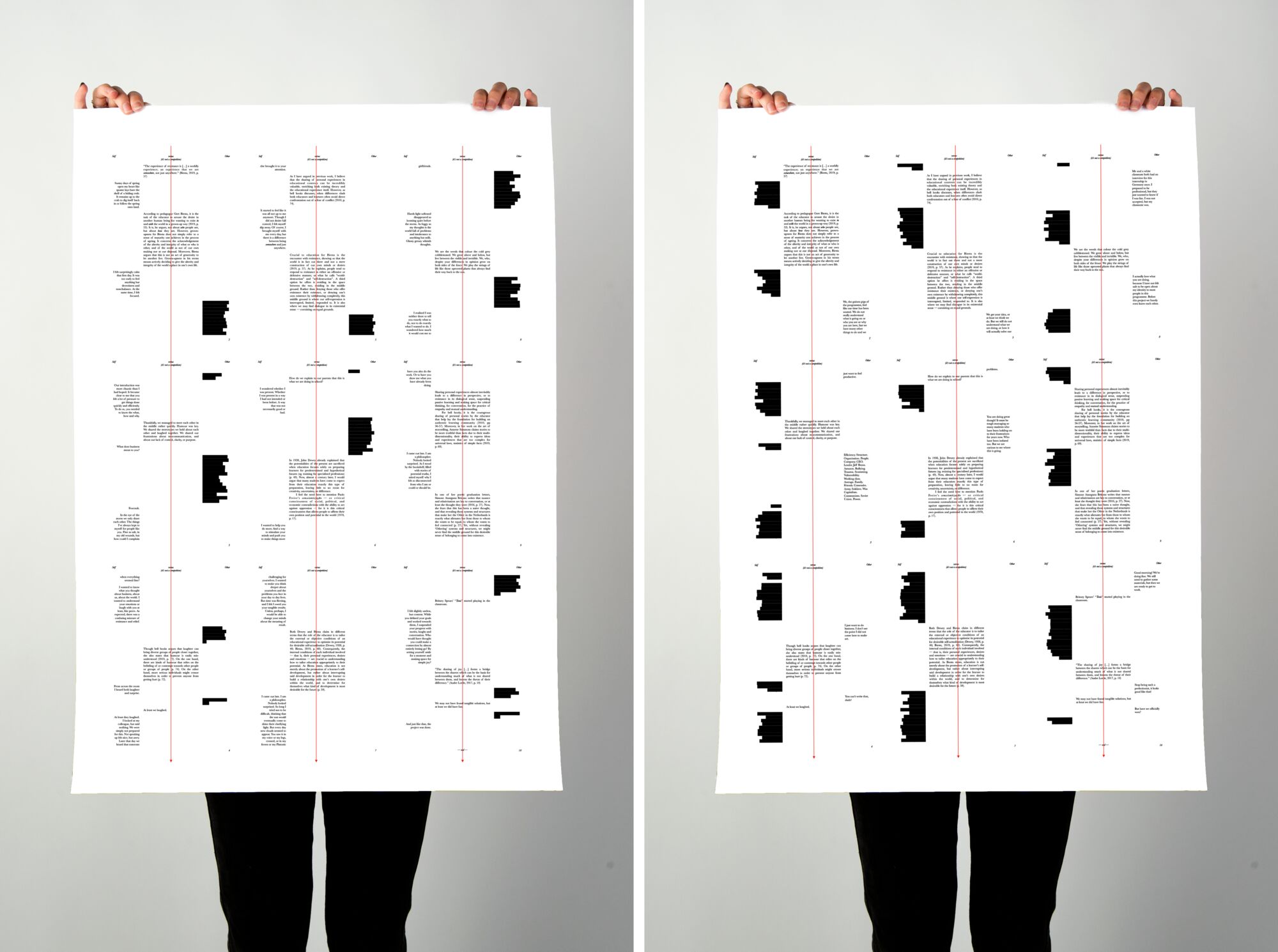Arjen Ploeger

Coming from a background in philosophy, I focus my research on themes of — queer — identity, reflection and agency drawing from theorists like Arendt, Deleuze, Butler and Ahmed. Studying their work has given me a thorough understanding of the tension between the universal and the particular, and has shaped my belief that identity is plural, fluid and ever-changing. However, my years of university education left me with the feeling that the theoretical nature of academia is too far removed from those realities that often form the object of debate. In contrast, I have always seen a strong social and pedagogical value in creativity and the arts. For this reason, I came to the International Master Artist Educator (iMAE) to develop a practice that bridges the gap between theory and practice, between knowledge and lived experience.
Through iMAE, I was able to build an artistic research practice rooted in a pedagogy shaped by the work of Dewey, Freire, hooks and Biesta, as well as in the social engagement with communities and individuals. On the one hand, I distill from this engagement the experiential and theoretical elements that together can shape educational and artistic work. On the other hand, I create and collaborate with others to encourage both them and myself to think beyond our own perspective and explore the plethora of perspectives of the other. During the course of iMAE I have thus developed my academic writing skills into a socially engaged artistic practice that is grounded in creative writing and the facilitation of dialogue.
 Figure 1. Dialogue for collaborative reading, ‘Self versus Other — it’s not a competition’, 2022.
Figure 1. Dialogue for collaborative reading, ‘Self versus Other — it’s not a competition’, 2022.
Given the opportunity to work with two very different communities, I found a new understanding of my position within unfamiliar contexts and communities. In the second phase I collaborated with a group of International Business students for several weeks to share creative working methods that could be beneficial to their work. To authentically portray this experience, I wrote a dialogue in three columns, attempting to find middle ground between myself and the students. Providing two semi-censored versions of the text (figure 1), a group can collectively read the dialogue out loud for an embodied experience that mirrors the creative collaboration that created it.
In the final phase of iMAE, I developed and facilitated a series of conversation-based workshops (figure 2) in collaboration with the MAC and The Rainbow Project, a health and well-being organisation for the local queer community in Belfast, NI. Inspired by Bruno Latour’s notion of The Parliament of Things (1991), I used creative exercises to warm up the participants’ imagination before having a conversation from the perspective of non-human things. The deliberation of which agents should have a voice in relation to a given sociopolitical or environmental issues, and the imagining of what these agents would actually say, is reminiscent of Boal’s Theatre of the Oppressed (1979). It positions participants in the dual reality of expressing one’s own perspectives through the eyes of an imagined other, while simultaneously connecting and collaborating with each other. At the end of this series, I presented a short film that isolated the rather absurd dialogue from the community-based workshops in which they were created. As Boal states, “dialogue […] creates discontinuity between one thought and another, between two opinions, or two possibilities — and between them infinity installs itself; so that all opinions are possible, all thoughts permitted” (1979, p. xvii). The absurdity of a dialogue between trash, pigeons and the concept of freedom, for example, could spark one’s imagination to go in unexpected directions.
Figure 2. Film, ‘The Parliament of Things’, 2022.
Moving forward, I wish to continue to enable myself and others to explore the infinite plurality and fluidity of our identity as human beings. As an artisteducator, it will thus remain my objective to (re-)shape my practice to connect people in mutually beneficial and sustainable ways.
Creativity encourages connection. And connection to true, uncomfortable self allows us to take responsibility for our impact on other people, rather than going blindly through life.
Deze pagina is voor het laatst gewijzigd op 25 juli 2022
Sta jij op deze pagina? En heb je een opmerking? Mail naar de redactie.